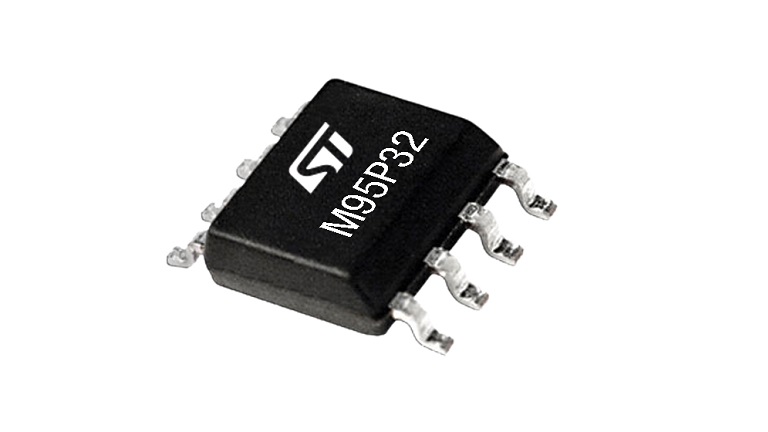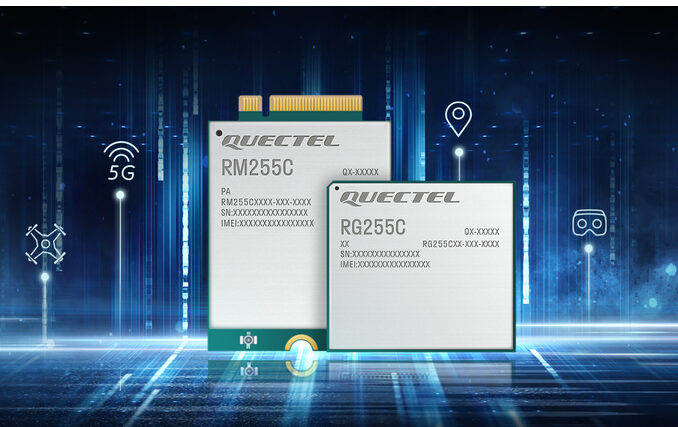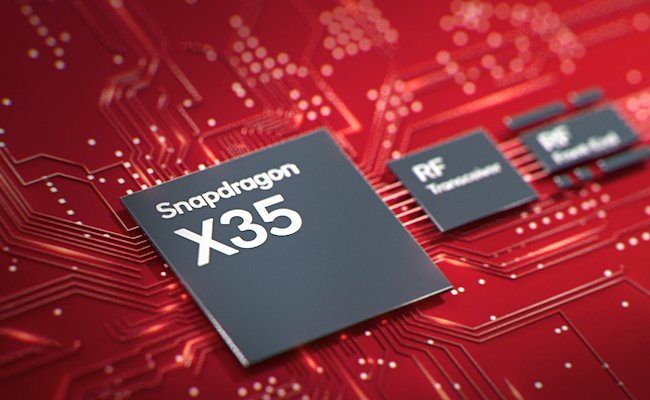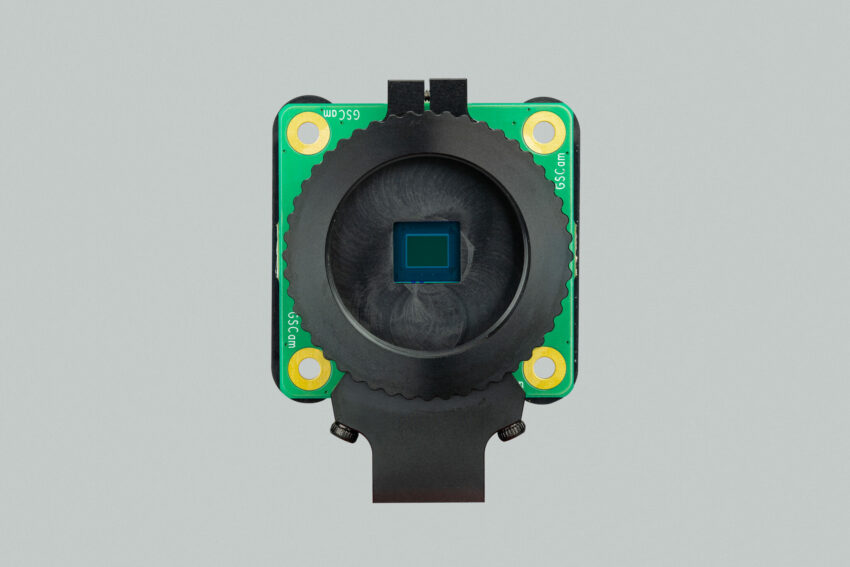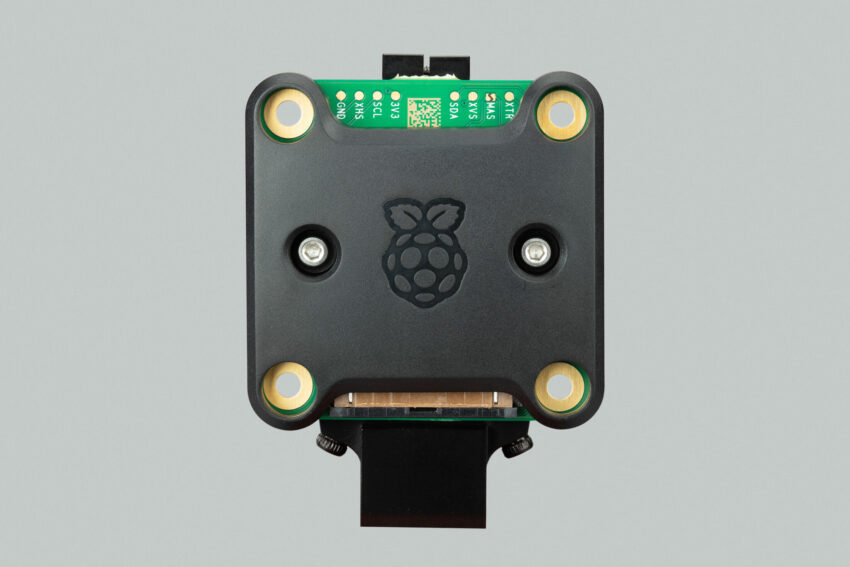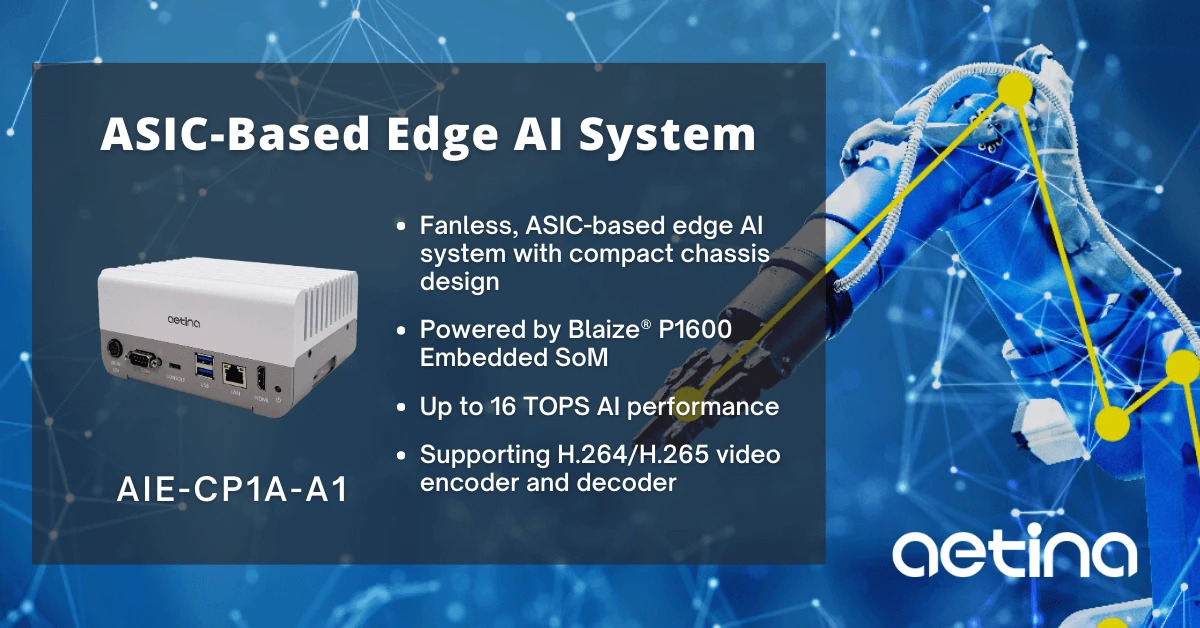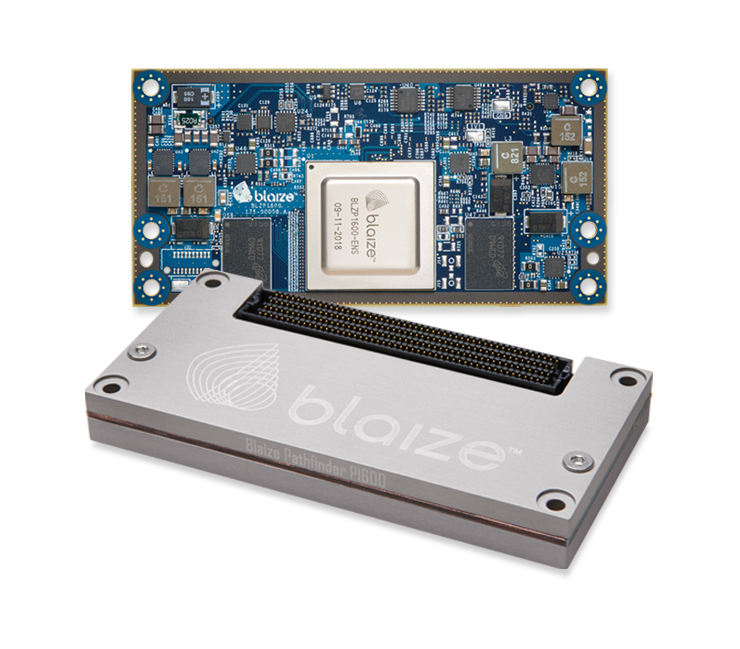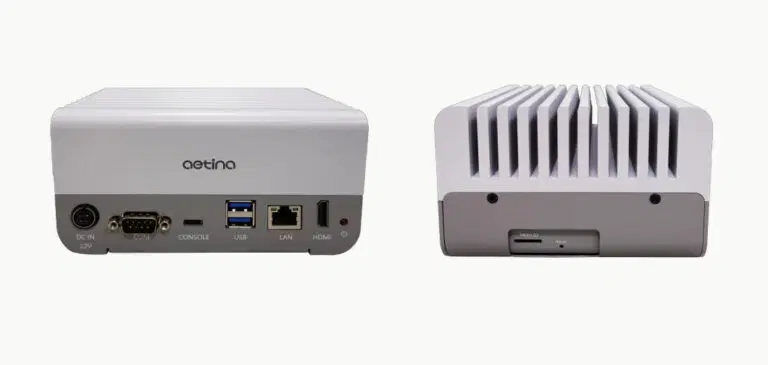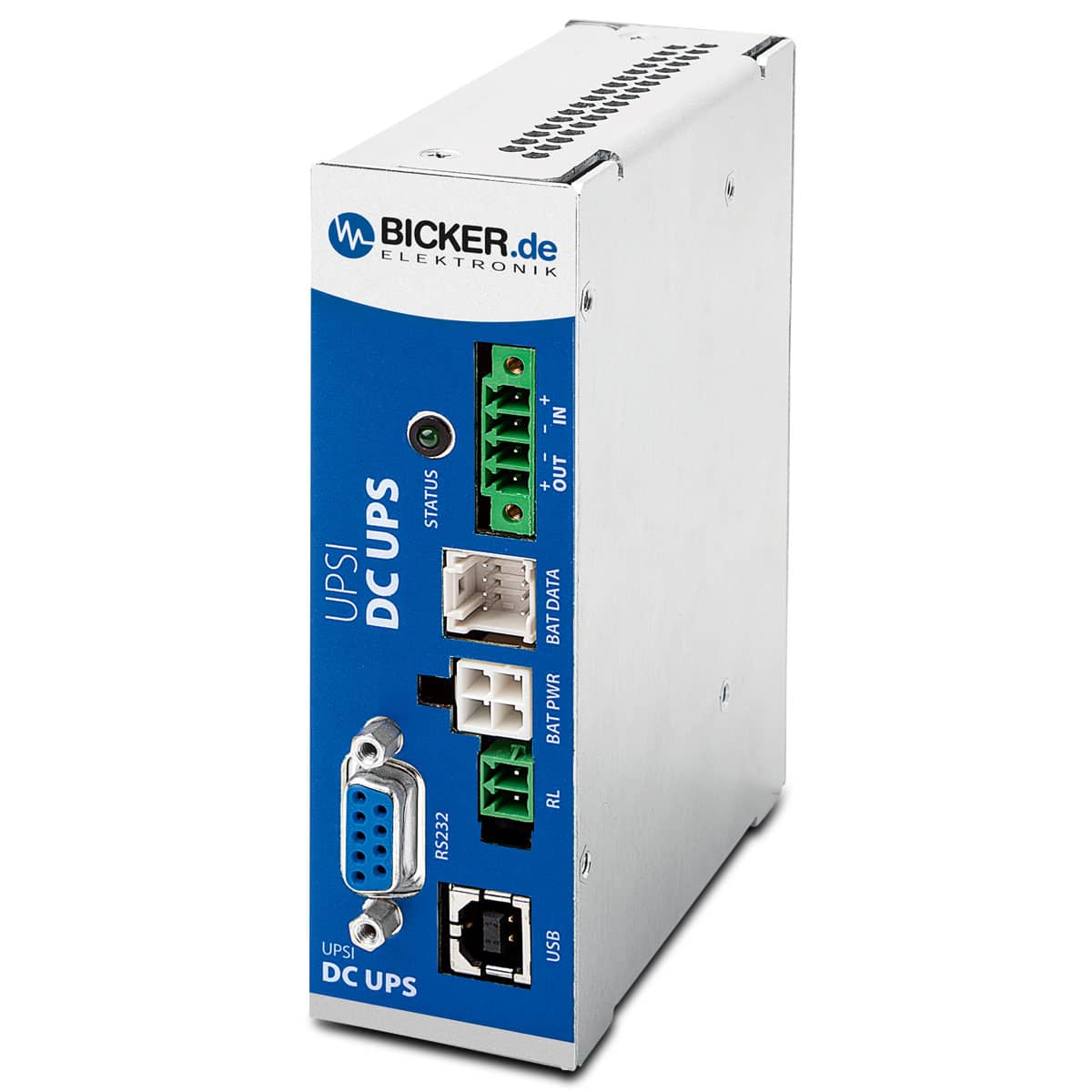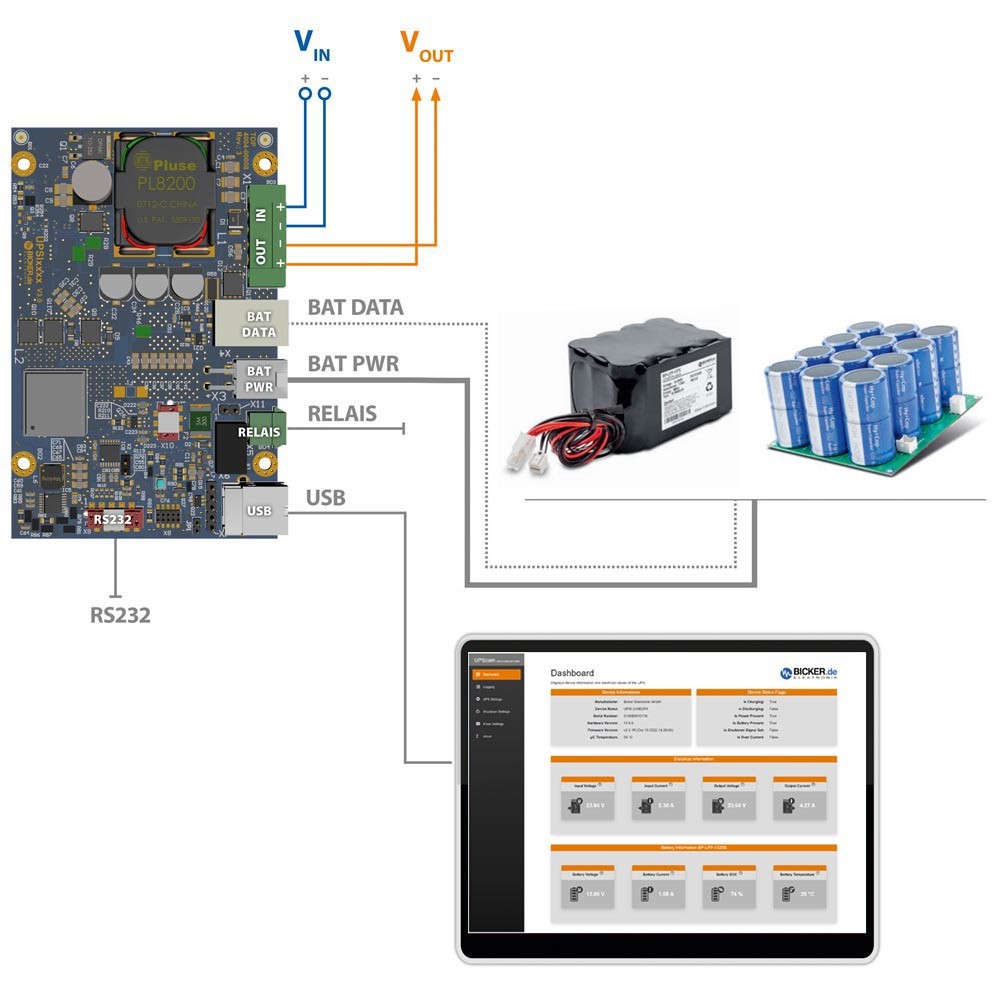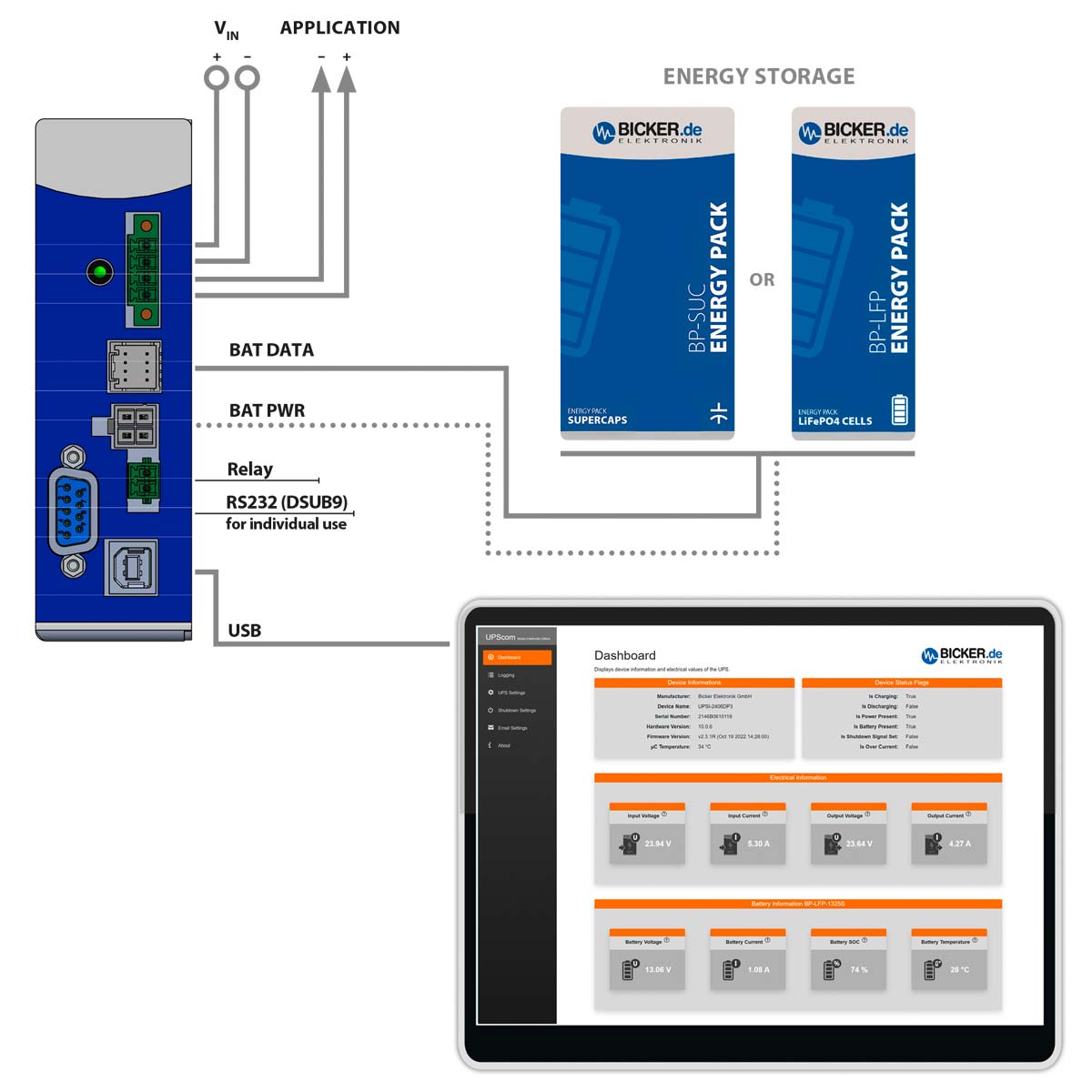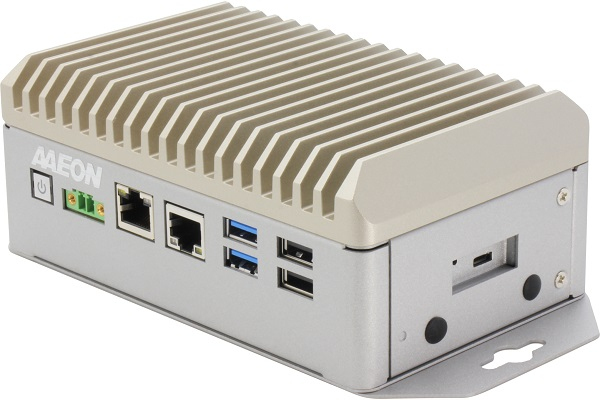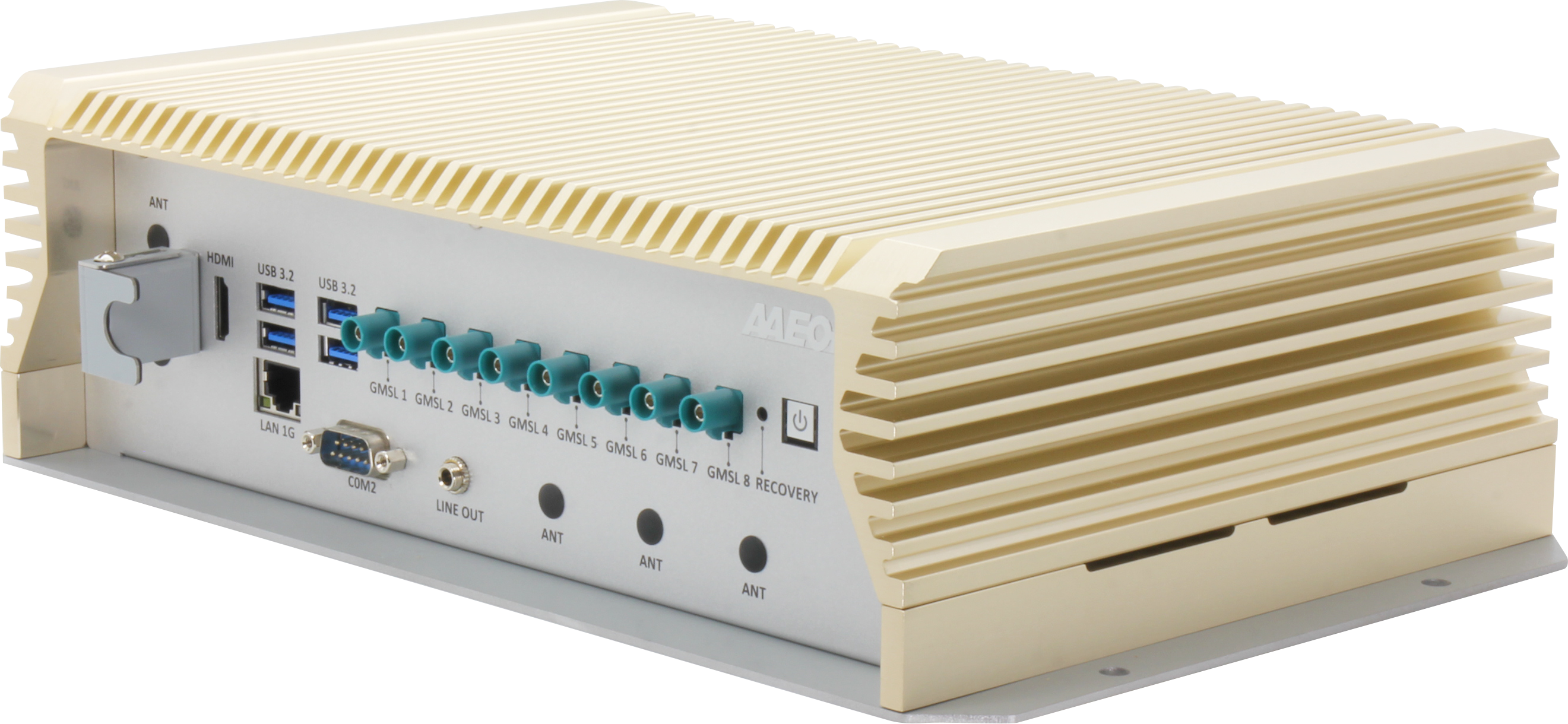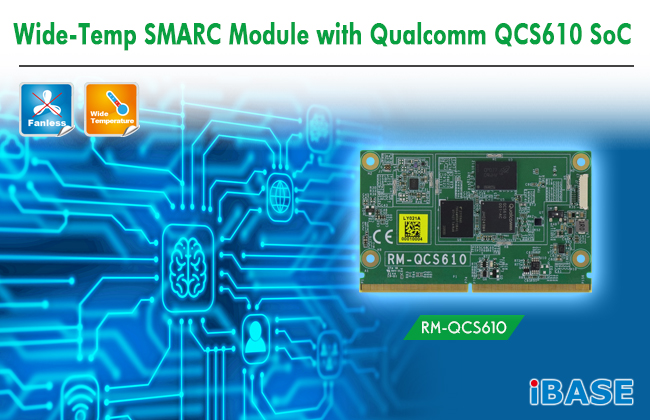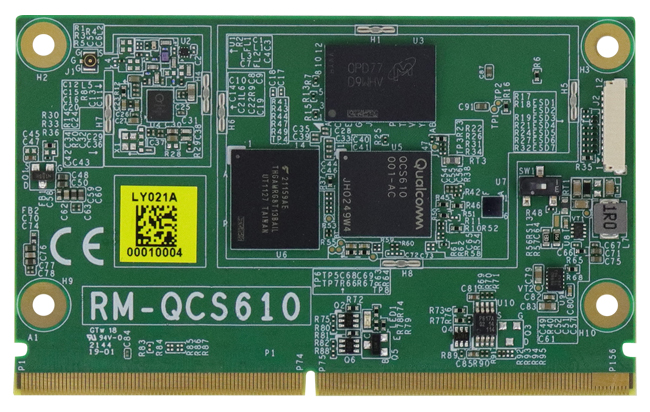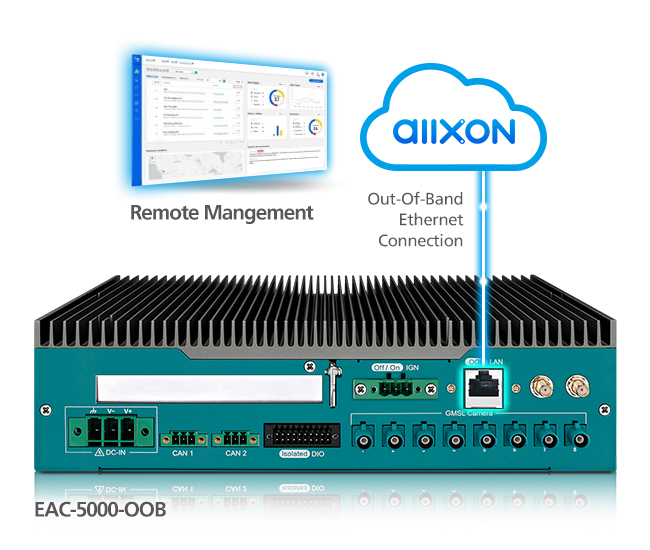
Vecow has teamed up with Allxon, a company that offers solutions for remote device management, to provide integrated solutions for the Vecow EAC Series, which is powered by the NVIDIA Jetson Platform. The Vecow EAC Series, including the EAC-5000, EAC-3000, and EAC-2000, runs on Jetson AGX Orin, Jetson AGX Xavier, and Jetson Xavier NX Series, and offers high-performance artificial intelligence suitable for a wide range of applications, such as in-vehicle computing, autonomous mobile robots, real-time video analytics, and AOI.
To streamline remote management operations, the industry requires remote management of edge devices and Out-of-Band remote management operation technology. The Allxon Device Management Solution platform caters to Edge AI devices with features such as In-Band Management, Out-of-Band Management, and Plugin Station. The In-Band Management component is specifically designed for NVIDIA Jetson-based Edge AI computers and offers various functionalities like CPU and GPU performance monitoring, remote command, BSP image-based OTA, and provisioning.
“As AIoT and number of use cases continue to grow, the market will demand a large amount of Edge AI appliances, as well as an optimized remote management tool for those devices, “said Thomas Su, Vice President of Vecow. “Our partnership with Allxon delivers an easy monitoring and control solution for Edge AI appliances anywhere, anytime while esnuring all Edge AI devices are reliable and robust.”
Out-of-Band (OOB) management is a hardware-based technology that allows service providers to remotely turn devices on and off and revive unresponsive systems. Cloud-based OOB management, using simple SaaS services, enables service providers to optimize the operations of edge AI devices more efficiently. By integrating OOB technology with SaaS, Managed Service Providers (MSPs) can overcome the challenges of deploying large numbers of edge AI devices in harsh, remote, and inaccessible locations.
The EAC-5000-OOB, which is part of the EAC Series, includes the OOB remote management operation technology, allowing it to offer robust disaster recovery services for Edge AI applications. Furthermore, the EAC-5000, EAC-3000, and EAC-2000 models all support In-Band Management Service.
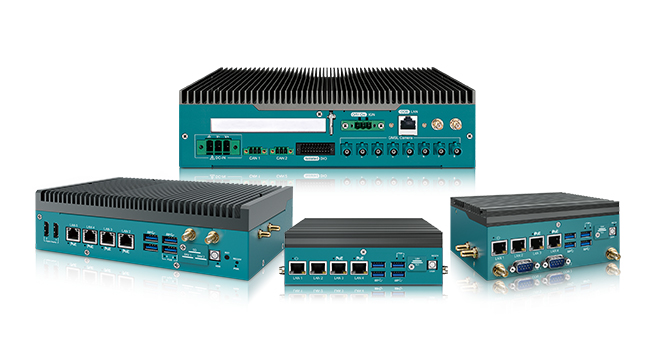
The Vecow EAC-5000 Series Edge AI Computing System, which uses NVIDIA Jetson AGX Orin, has a high-performance AI capability of up to 275 TOPS, thanks to the advanced NVIDIA Ampere architecture. As a result, it is a benchmark in the ecosystem of in-vehicle computing systems, making it a perfect fit for various applications such as automated agricultural machinery, robotic control, in-vehicle computing, intelligent video analytics, machine vision, mobile robots, and embedded AI.


